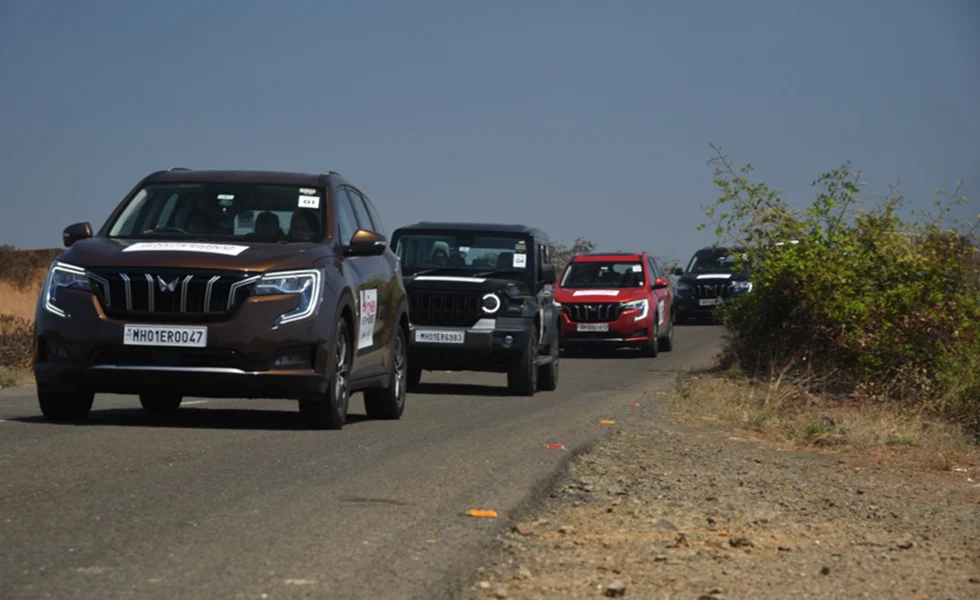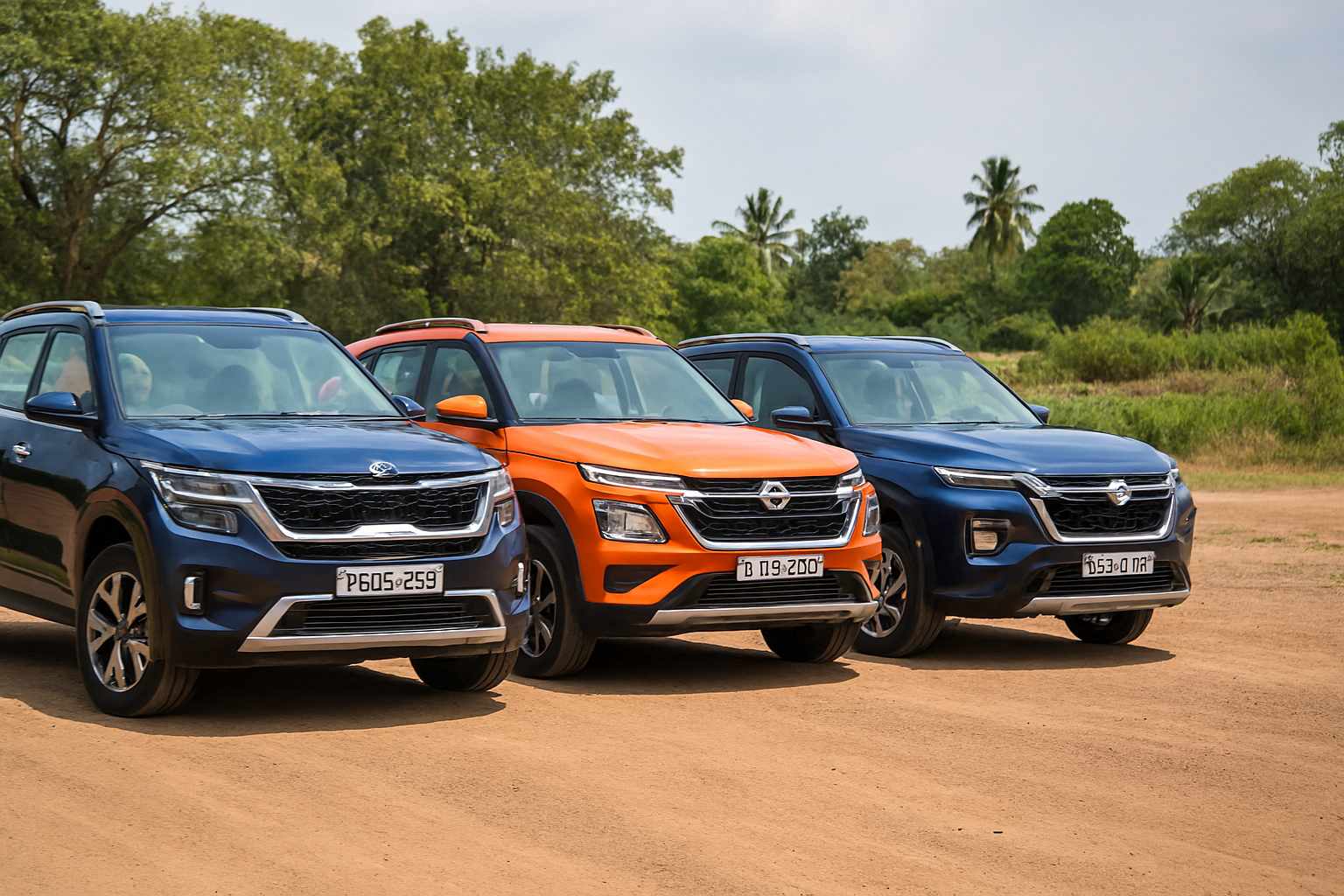Thinking of buying a new car this festive season. Here’s all you need to know after GST 2.0 comes into action wef september 22, 2025.
GST 2.0 explained
The 56th GST council meeting just brought a major overhaul in the said tax rate structure https://timelynews.in/gst-2-0/. This restructuring brought a big smile on the face of all potential buyers who are thinking of purchasing small or mid segment cars and motorcycles. The government has slashed taxes on smaller vehicles from 28% to 18%. However, the GST rates have also been marginalised for luxury cars, SUVs and high-end motorbikes to 40%, compared with 28% GST (plus 17-22% compensation cess) earlier.
GST Rates on Cars
| Car Category | GST Rate | Compensation Cess | Total Tax |
| Small cars (under 1200cc, < 4m length) | 28% | 1% to 3% | 29% to 31% |
| Mid-size cars (1200–1500cc) | 28% | 15% | 43% |
| SUVs (over 1500cc, > 4m, ground clearance >170mm) | 28% | 22% | 50% |
| Luxury cars | 28% | 20% to 22% | 48% to 50% |
| Electric vehicles (EVs) | 5% | No cess | 5% |
| Hybrid cars (mild/full) | 28% | 15% | 43% |
Why Is Cess Added to GST?
Cess is applied to compensate states for the loss of revenue due to GST implementation. Since cars (especially large and luxury vehicles) are considered non-essential or luxury items, they are subject to higher cess to generate extra revenue for the government. This cess is not applicable on electric vehicles (EVs), which reflects the government’s push toward sustainable mobility.
Impact of GST on Car Prices
Initially, GST brought down the cost of some cars, especially in the mid and luxury segments, due to the elimination of cascading taxes. However, the addition of cess quickly negated these benefits for bigger vehicles.
For example, a compact car may attract a total tax of around 29–31%, while a luxury SUV could end up with a 50% tax load, almost doubling its ex-showroom price. Which is why on-road prices (which include GST, cess, road tax, insurance, etc.) can seem disproportionately high compared to the ex-showroom price.
The introduction of the new GST 2.0 has brought down the price of many popular cars. The price on some of the mid-segment four wheelers have gone down by around a huge 9%, these include cars like Maruti Wagon-R , Swift and dzire also have seen a similar GST cut. Hyundai Creta, Masruti Brezza, Skoda Kushaq and Grand Vitara have also witnessed a GST cut around 3-5%. Mahindra XUV700 and Toyota Innova Crysta will also witness a decreased price From Swift to Virtus, Brezza, XUV700, Innova: Check out how much cheaper they will get.

GST on Used Cars
Used cars have a separate GST regime introduced to avoid double taxation. As of now:
- GST rates on used cars range from 12% to 18%, depending on the type and size.
- GST is usually calculated on the margin value (difference between sale and purchase price), not on the full price.
Individual-to-individual sales are not taxed under GST. But if you buy from a dealer, GST applies.
EVs and GST: Any big change ?
Although the new overhauled GST rates may have brought a new and mostly reduced tax structure, however, the 56th Council has clarified that all categories of EVs, whether they are for the mass-market or they belong to the luxury segment they will continue under the 5% rate with no additional cess EVs to continue at 5% GST rate as Council opts for clean mobility push – The Economic Times.
Final thoughts
As a buyer, understanding the GST structure can help to understand and plan your budget better and explore cost-saving alternatives. As the automotive landscape evolves, keeping an eye on government policies and tax reforms will continue to be important.
With the festive season approaching, and the implication of GST 2.0 co inciding with the first day of Navratri, this seems like the perfect time to buy your new car or your first car.
